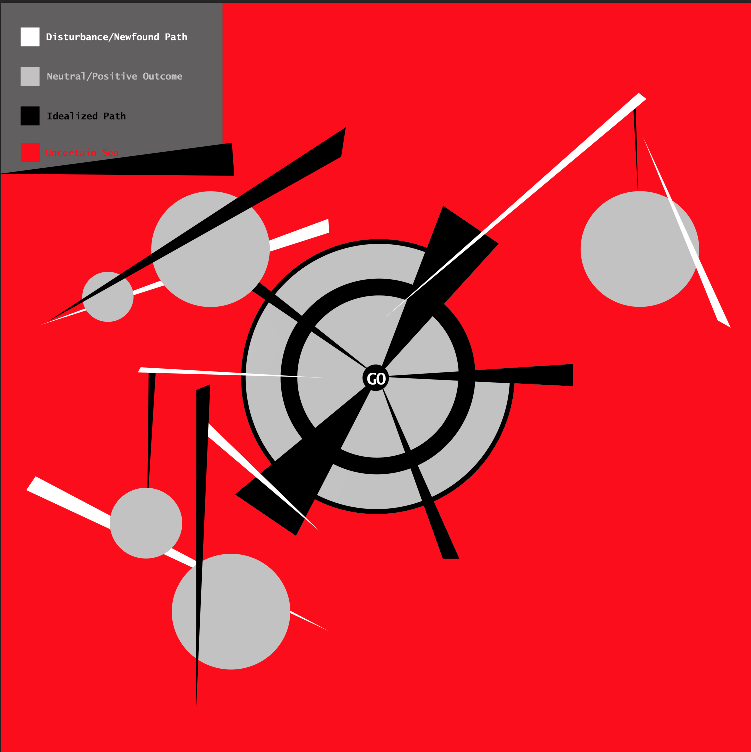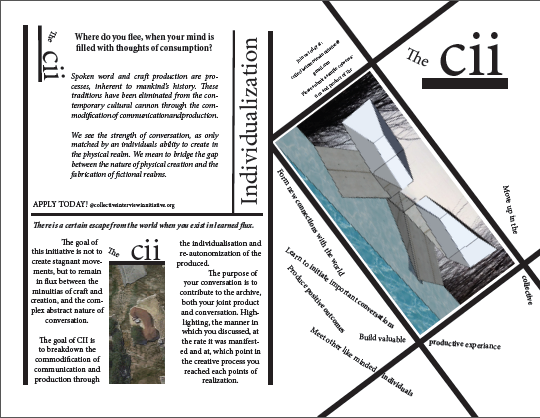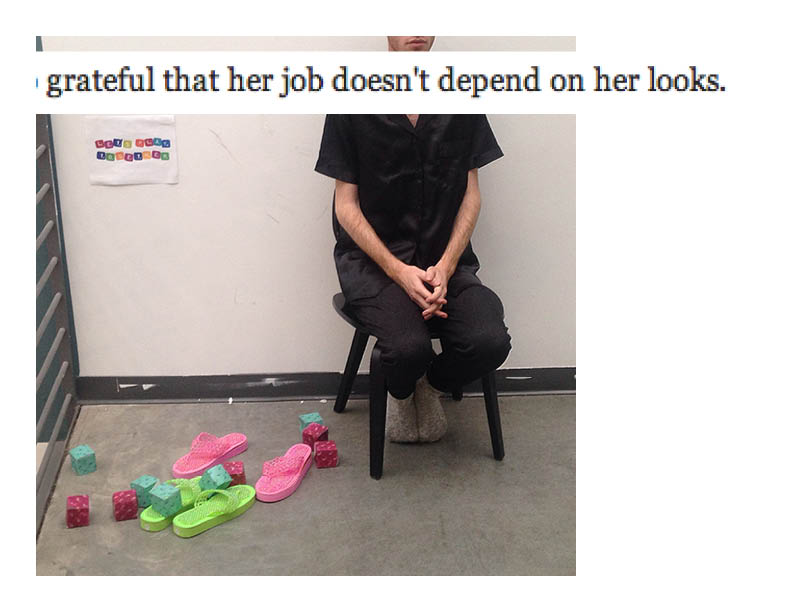
The universality and exclusions, which define modern urban space, lead to the destructive forces of post-modern architecture, to the removal of context and inclusion of exclusion in design.
There is an inherent need to re-humanize architecture, returning to smaller realities and localizing interventions and solutions. There exists a complex global structure in urban development which is becoming self referential separating it and its satellite developments as entities un-to themselves.
When considering creative practices, one should ponder the dilemma of social upheaval and how new-media technologies and networks can be used in producing alternate digital realities in physical space. Glass walls no longer provide opacity or even fluidity between the interior and exterior of structures, rather the invisible network of communication clouds the facades.
The internet provides a field of equality if the technology is provided on a universal level. The disconnect which is provided by the internet is another issue: are those who exist unplugged, living an alternate reality to those who are digitally dependent? If the answer is yes, which I am lead to believe it is, then how can architecture harness the strengths of digital media and then redirect it towards an equalizing and progressive urban space, and potentially non-urban spaces?
Radicalism is an associative term with terrorism and other destructive forces, however their is an inherent need for radicalism to grow into a form of pragmatic cultural critique. Radicalism needs a canvas, a location from which it can be projected and dispersed like an antibody into the social stratum. Radicalism in physicalized form could serve as an outlet of sacrificial crisis, providing a pragmatic framework for the reworking of flawed systems and the spread of ideological realism, furthering the promotion of truth in contemporary society and inevitably spaces.


